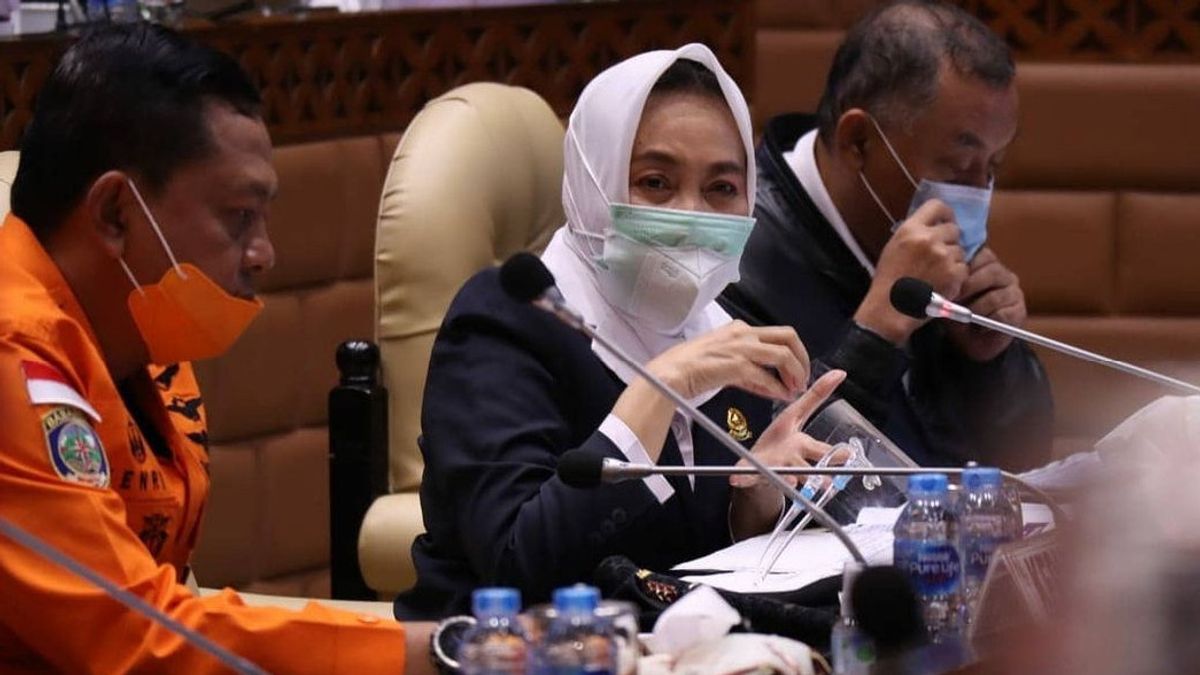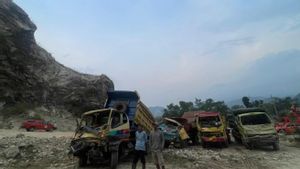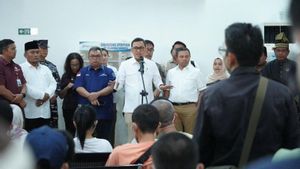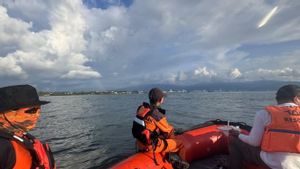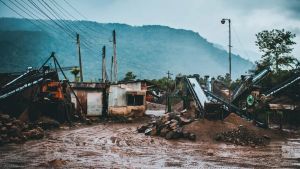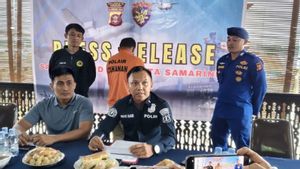JAKARTA - Head of BMKG Dwikorita Karnawati reported that the Meteorology, Climatology and Geophysics Agency (BMKG) will upgrade existing supercomputers with the latest High Performance Computing (HPC) technology. The application of this latest technology is to strengthen the early warning system in disasters.
The implementation of the latest HPC technology can improve the capability of the Multi-Disaster Early Warning System, which involves the Indonesia Tsunami Early Warning System (InaTEWS), the Meteorological Early Warning System (MEWS), and the Climate Early Warning System (CEWS).
“In the near future we plan to implement HPC with a scale of more than two PetaFlops. This makes the BMKG early warning system much faster, more precise, and accurate," said BMKG Head Dwikorita Karnawati in a statement in Jakarta, Saturday, July 10.
Dwikorita explained that the existence of HPC in a disaster early warning system is very important to analyze various complexities and uncertainties in weather, climate, tectonic and volcanic phenomena.
The reason is that Indonesia's geographical location is controlled by active tectonic plates and is surrounded by a ring of fire, resulting in almost all areas having the potential for natural disasters. Not to mention the potential for hydrometrological disasters triggered by global climate change which also cannot be ruled out.
Dwikorita explained that during the period of June 2021, there have been 889 earthquakes in Indonesia consisting of 850 earthquakes with a magnitude of less than 5. .

"Not to mention the threat of a tsunami, where in the period 1800 - 2018 Indonesia has been hit by 99 tsunamis. There is also the threat of forest fires, flash floods, tropical cyclones, long droughts and so on," he said.
Dwikorita said it is obligatory for Indonesia to continue to upgrade its early warning system so that disaster management consisting of prevention, mitigation, emergency response, and recovery efforts can run well to realize Zero Victims or zero victims.
Dwikorita also invited all countries to collaborate in terms of research and technological innovation for disaster mitigation in the fields of meteorology, climatology, and geophysics.
Later the research results can be used as material for formulating disaster prevention and management policies in each country, as well as to accelerate technological innovation in the Disaster Sector.
Meteorology, Climatology and GeophysicsIn the field of meteorology, Dwikorita hopes that there will be research on weather forecasts with an accuracy rate of more than 95 percent with high resolution for the village level, as well as predictions of disasters as early as possible up to a few days or weeks before the event occurs.
Meanwhile, in the field of climatology, it is hoped that there will be joint research on climate predictions/season predictions for the Southeast Asian region with an accuracy of more than 90 percent of climate predictions. As well as climate projections for the next few decades until the end of this century, as well as air quality and greenhouse gas modeling with high resolution and accuracy.
In the field of geophysics, Dwikorita wants joint research to model non-tectonic or atypical tsunamis and an early warning system.
With the application of this latest technology, Dwikorita Karnawati as Chair of the BMKG hopes to help strengthen early warnings of impending disasters.
The English, Chinese, Japanese, Arabic, and French versions are automatically generated by the AI. So there may still be inaccuracies in translating, please always see Indonesian as our main language. (system supported by DigitalSiber.id)
